Archives
Ontario RAT-5 Fixed Blade Knife Review
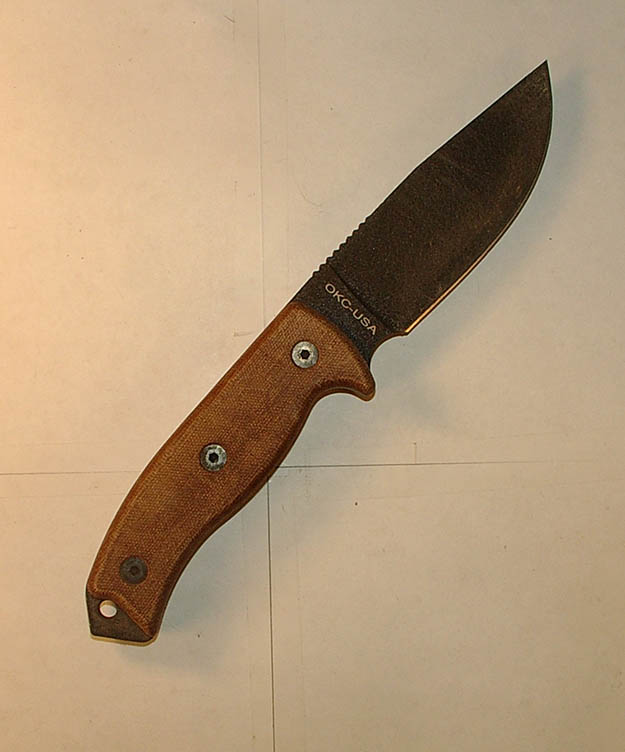
Considering buying an Ontario RAT-5?
Wondering if the RAT-5 is the knife for you?
Check out the review below by our survival knife expert, and see for yourself.
Ontario RAT-5 Fixed Blade Knife Review
In previous articles, we discussed choosing a fixed blade survival knife (see those articles here, here and here.) A knife is one of the more important pieces of equipment you can have with you in a survival situation.
As such, a good, survival appropriate, fixed blade knife is your best choice for inclusion in a survival kit or BOB (Bug Out Bag) or equivalent, and/or to be strapped on when an emergency is likely. In this article, we will consider another contender for “Best Survival Knife”.
As mentioned in the general articles, there are two classes of fixed blade knife which can be appropriate for survival scenarios, the “bush” (medium) knife and the “field” (large) knife. This knife belongs to the bush class.
Why did I consider this knife?
Ontario Knife Company is another historic U.S. company, which started producing knives in 1889. They have produced many knives used by U.S. armed forces, including the M7 Bayonet, the M3 Navy knife, and perhaps their most iconic knife, the Pilot Survival Knife.
In 2002, they formed an exclusive collaboration with Randall’s Adventure and Training (RAT). Randall’s Adventure and Training is a professional survival training, expedition guiding, and outdoor gear research team based in Alabama, with operations in Latin America.
It is led by Jeff Randall and Mike Perrin. The Ontario RAT line includes some models which appear to be good choices for survival.
As an aside, Randall’s Adventure and Training is now known as ESEE, which also offers a line of survival-appropriate (and other) knives intended to be more “custom-like” than the mass-produced Ontario knives.
The RAT-5 and TAK-1 models appear to be the RAT line models which might be able to fill a bush knife position, and I found a deal on the RAT-5 first.
The specs
| Blade Length | 5″ | Overall Length | 10 1/2″ | |
| Blade Width | 1 1/2″ | Weight (Knife Only) | 11.1 oz | |
| Blade Steel | 1095 | Grip Material | Micarta | |
| Blade Shape | Clip Point | Guard Type | Half, Molded into the tang and grip | |
| Blade Grind | Flat | False Edge | No | |
| Blade Thickness | 0.19″ | Spine “Jimping” | Yes | |
| Choil | Yes (Both) | Lanyard Hole | Yes | |
| Made in | USA |
Special Features: Textured Powder coating on the blade, Pointed pommel
Initial impressions
This is an impressive medium-sized knife. It appears to be well-made and mostly well-designed. There are a couple of quirks that are not optimal in my opinion.
For one, the finger choil has the edge running right into it, which gives you the benefits of both types of choil, but leads me to fear that using the choke grip might result in a cut to the finger.
The other thing is that the position of the jimping is not optimal. It is forward of the grip so is not of use for a saber grip.
For most people, it might be good for a Filipino grip and choke grip. If it started at the same point forward and extended backwards one more inch, it would probably be “ideal”.
The grip appears to have a “boxy” cross-section, but is fairly comfortable and secure in all of the useful vertical forward grips (“hammer”, “saber” and “Filipino”), although the saber grip could be better with a change to the jimping, as mentioned.
Also comfortable and secure are the reverse, or “ice pick” grip, the upside down, “FGEU” (Forward Grip Edge Up) or “draw” grip, and the choke grip; although the latter appears risky to the forefinger as mentioned above.
For my big hands, it is fairly decent in the sideways grip (sometimes called “modified saber”) favored by some knife fighters and useful for harvesting grasses, but I’m concerned someone with smaller hands might have difficulty with this. The grip panels are fairly smooth, and not as slip resistant as I would like. I was astonished that wetting my hand with water, the grip was LESS slippery, and with a bit of vegetable oil, it was no more slippery than it was with dry hands.
- A long clip point is often not the best point for general survival use, but this one is straight and so gradual that there is no significant difference between it and the optimal drop point.
- The edges of the spine are not noticeably rounded, but they do not appear sharp enough to be useful.
- The blade coating is aesthetically pleasing and does not reflect light.
- The lanyard hole is nicely sized, but the edges are only slightly rounded, so check your lanyard for wear every so often. Since the lanyard hole is only through the tang, it would not be practical to further chamfer the edges of the lanyard hole.
- The end of the tang is exposed and pointed, so it should serve in non-lethal combat, and act as a glass breaker. The flat part might possibly serve as a make-shift hammer, but that seems of low probability.
- Balance is further behind the guard than I’m used to seeing, but the knife “feels” right anyway. It may or may not turn out to be good for many uses, but probably won’t be optimal for chopping.
- The sheath, like the knife, appears to be mostly superior with a few quirks; it should be at least adequate for most uses. Retention seems to be superior.
Based on history, specs and appearances, I have high hopes for this knife.
The Steel
One source indicates some of these might use 5160. Most indications are that some or all of them use 1095. I can’t tell by appearance and there is no marking, so we will go with the “official” steel, 1095.
This is a reasonable assumption to make, as 5160 is a better knife steel than 1095, so it should not be a problem to get one that happens to have this steel.
If the choice was available, I would go for the 5160 premium steel over the mid-range 1095. Assuming any additional cost was not excessive, of course.
1095 is a workhorse Carbon Steel, commonly used for knives because it is easy to shape and heat treat. And fairly inexpensive. As such, it is a decent choice; durable except rather susceptible to rusting.
The coating should help protect the steel from rust, except for the edge and the logos engraved on the blade. And any place where the coating is worn or scraped away.
It would be wise to treat these areas with a rust inhibiter, preferably a dry one. Protect the knife from moisture as much as practical, and when it does get wet, dry it off as quickly and thoroughly as possible.
The knife takes a good edge, easily. Just a few strokes of my Smith’s Pocket Pal got it razor sharp and it easily sliced paper and a tomato.
After fifty slices through cardboard it did not suffer any ability to slice tomatoes and paper. If you need a knife that can be sharpened to a razor edge with a pocket sharpener, this one can be on your list.
To summarize, it appears that the steel has low rust resistance (compensated for somewhat by the blade coating), high strength, excellent edge capability, excellent ease of sharpening, high resistance to chipping, and very good edge-holding capability.
Evaluation
General tasks
- Cutting cord – This is often necessary during construction of shelter, fishing, sewing and making snares and traps, as well as other times. As the most commonly available to survivalists, I tried fish line and paracord, as well as 3/8″ Manila and 3/4″ Sisal, just because fish line and paracord would seem to be trivial for any knife worth having. Cutting the fish line and paracord was no problem. The Manila cut fairly easily and the Sisal cut better than some other knives.
- Making notches in branches – This could be required for shelter construction and making snares or traps, as well as other times. This knife did a decent job of this. The perpendicular stop cut was not exceptional, as expected of a moderate bush knife, but it did chop well enough to make this cut a bit at a time.
- Trimming/Sharpening/smoothing branches – This would be for shelter construction, as well as making arrows, spears, stakes, walking sticks and even bows. Oddly enough, it seemed to have a bit of a problem with the final sharpening; it seemed to slide off without cutting much. On the other hand, this did lead to a smoother finish. As for trimming, it did ok for thinner branches and a good job at smoothing.
- Pounding in stakes – This could be required for making shelters, snares and traps. This knife can sort of do it with the long edge of the pointed pommel, but the narrowness of the hammer face (less than 1/4″) and odd angle means that the odds of missing on a stroke is extremely high, and if that happens, your hand (particularly the little finger) is at risk of damage from the top end of the stake. As for hammering in nails, I got one started, for hanging something or attaching a cord, but it was more trouble and more painful than it would be worth in most cases.
Firemaking
- Use with a magnesium bar or ferrocerium rod is fine using the edge of the blade; it shaves and sparks well, with no visible damage to the blade. Using the corner of the spine for this to spare the edge is not possible without modifying the spine to have a sharper edge and no coating, which would seem to be of limited practicality.
- To get a spark using “flint and steel”, you are actually “cutting” off particles of the steel with the sharp edge of the flint; the friction of this action causing the steel fragments to glow. The coating prevents access to the steel, so this knife cannot be used for this purpose, unless you remove the coating from part of the spine.
- One way of making tinder is to use the spine to scrape the lining from bark; due to the spine edge not being particularly sharp, plus the coating, with this knife you’ll have to use the regular edge. As for making a “feather stick”, this does a pretty good job if you like small curls and have the control to keep it from completely separating the “curl” from the stick.
- Drilling a hole (for a fire drill) was really easy, better than other knives I’ve tried so far. The tip appears to not be at much risk of bending or breaking.
- Batoning for access to tinder or making kindling from logs worked fairly well. It appeared that the textured coating did not have significant permanent marking from this (there were marks, but they appeared to scrub off).
Food Gathering/Preparation
- Use as a throwing knife – A word to the wise, don’t. If you throw your knife, you may not get it back, or it can be damaged. And learning to throw a knife reliably and accurately takes a lot of practice. If you do want to have that skill, never use your “real” knife to practice with; start with some cheapo throwing knives to learn the basics, then get a knife identical to your survival knife to dedicate to practice. The balance point on this knife is about 60%, compared to 64% for a typical throwing knife, and as this has a good grade of carbon steel, the odds of it breaking or chipping are reduced. However, I could not find a distance where it would reliably stick.
- Use as a spear – Turning your knife into a spear gives you additional reach. The grips look like they can be removed, but this appears to not be the case. Attempting to unscrew the screws with a reasonable amount of torque was not successful, so they are probably “glued” in place. Thus, this will need to be lashed “to” the shaft, meaning it will be off center, which does not throw well.
- This chops veggies pretty well, and the sharpness and blade shape should do well at skinning and butchering game. It might even be adequate for the task of filleting.
- Digging for grubs and bait. It is hard to imagine anything which can dull or damage a knife quicker than digging with it. This knife is pretty tough, but I’m sure the edge will suffer, though, so don’t do this unless you have the means with you to not only hone, but rebuild the edge.
Chopping
- Sticks or fronds – For shelter and other construction, splints and firewood. As expected, this did not have the weight or balance to chop well; it took a while to get through a half inch branch. There was no visible sign of damage though.
Defense
- The blade is a bit short to be exceptional at defense, and the built-in half guard provides essentially no protection for your hand from your opponent, and fair protection from your hand slipping onto the blade. This is not really a fighting knife, but can be used for defense if necessary. The end of the tang has a “skull-cracker” point which is a plus. Pretty much the only grip which will allow effective use of this is the “hammer” grip.
Sheath(s)
The sheath version is a representative example of the nylon/polyester type, with one superior feature and a couple of minor quirks. There are two grip retention straps, snap closed, which work well.
Surprisingly, these straps are adjustable! But not reversible. The belt loop is sewn in, and is quite adequate, although you will need to thread it onto your belt. On the back is a full length Molle connection strap.
The blade liner appears to be thick enough but is not fitted, meaning this rattles a bit. Not only that, but the blade liner is an inch longer than the blade, and then the sheath has an additional inch of nylon, so the sheath is about two inches longer than it has to be.
On the plus side, putting the knife in backward for a left-hand carry is no problem. There is a small pouch on the front, with a flap, but the flap sticks up an inch over the top of the pouch, so smaller items might be at risk of falling out.
There is a pair of eyelets at the bottom with a length of paracord to tie around the leg if sheath flop is a problem.
Accessories
It appears the only accessories available are custom sheaths.
Price and Availability
The list price of the RAT-5 at this point in time is $157.95. Oddly enough, the Ontario website offers it for $118.95, and you can generally find it on eBay for $75 and up at auction.
It is listed as being in stock at the company, and there are multiple people selling it on eBay, both at auction (possibly cheaper) and Buy It Now (quicker). It is also in stock at Amazon for a good price, but may have sales tax added on.
Conclusions
This is a pretty good bush knife and would be a good choice whether only a bush knife would suffice or a field/bush knife combination is preferred.
It’s not a chopper but should be adequate or better for most other reasonable tasks. The sheath rattles and is a little flimsy at the bottom, so a custom sheath might be helpful for this knife.
When using the choke grip, be particularly careful of the end of the edge right there against your forefinger, as a slip could result in a nasty cut.
If you like things to be in “sets”, Ontario has a RAT field knife, the RTAK II, which might go well with this bush knife. Keep tuned to Survival Life for a future review of the RTAK II to see if it lives up to its smaller brother’s qualifications, assuming I can find a deal on it.
Want to know more? Check out these related articles:
- Camillus CK-9 Fixed Blade Knife Review
- INFOGRAPHIC: The Complete Guide to Knife Blades
- Sneak Peek: The World’s Most BADASS Fixed Blade Knife?
Follow us on Facebook, Instagram, Twitter, Pinterest, and Tumblr!
**Disclaimer: All content on this site is for informational purposes only. Please read our full disclaimer here**
Editor’s Note: This post was originally published on September 3, 2015, and has been updated for quality and relevancy.
-

 Do It Yourself7 months ago
Do It Yourself7 months agoParacord Projects | 36 Cool Paracord Ideas For Your Paracord Survival Projects
-

 Do It Yourself9 months ago
Do It Yourself9 months agoHow To Make Paracord Survival Bracelets | DIY Survival Prepping
-

 Do It Yourself9 months ago
Do It Yourself9 months ago21 Home Remedies For Toothache Pain Relief
-

 Do It Yourself10 months ago
Do It Yourself10 months agoSurvival DIY: How To Melt Aluminum Cans For Casting
-

 Exports8 months ago
Exports8 months agoAre Switchblades Legal? Knife Laws By State

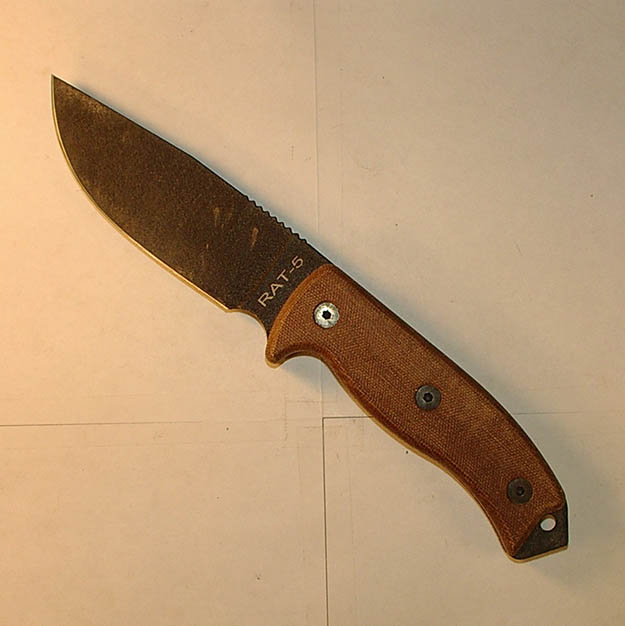
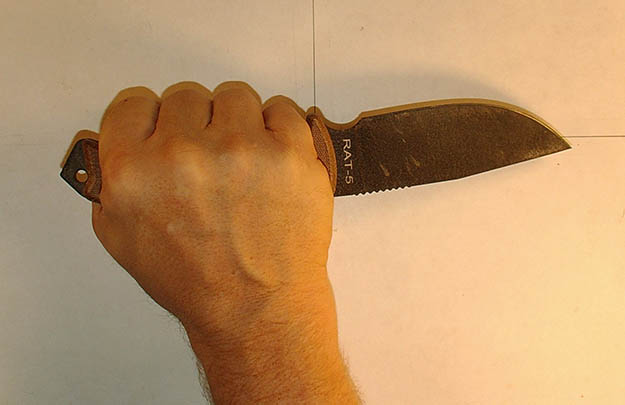
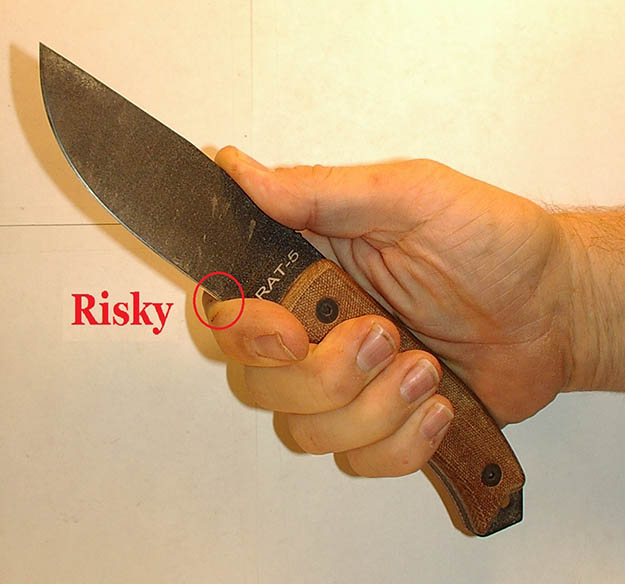
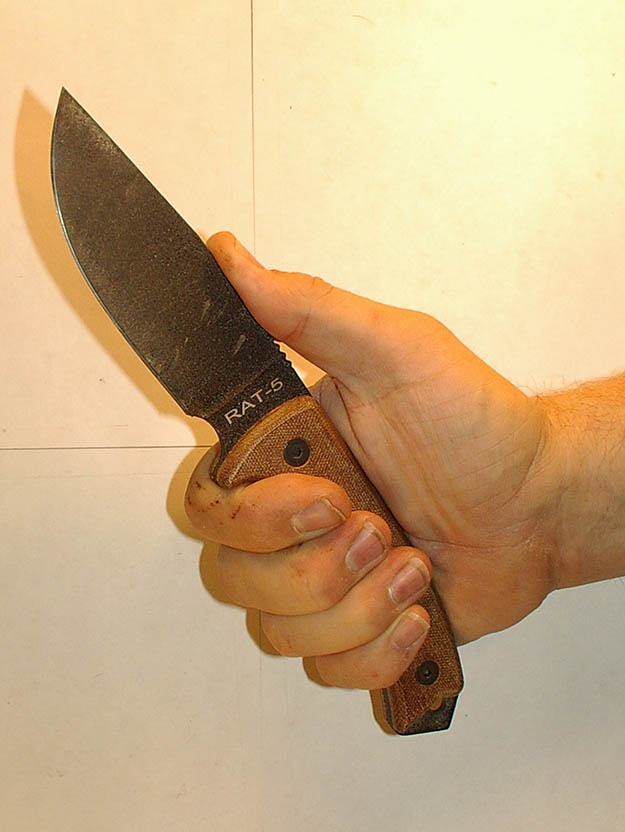
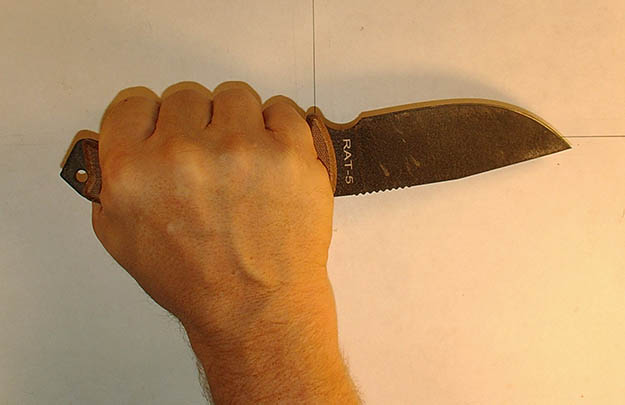
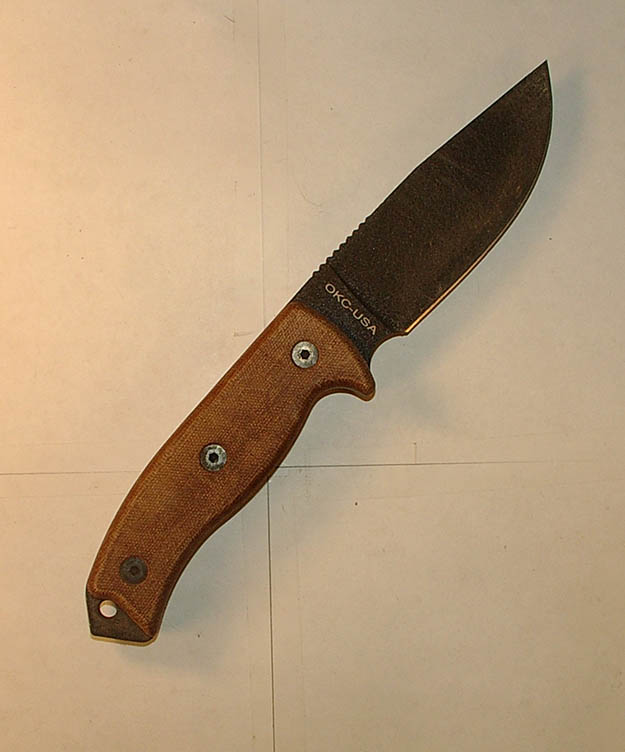
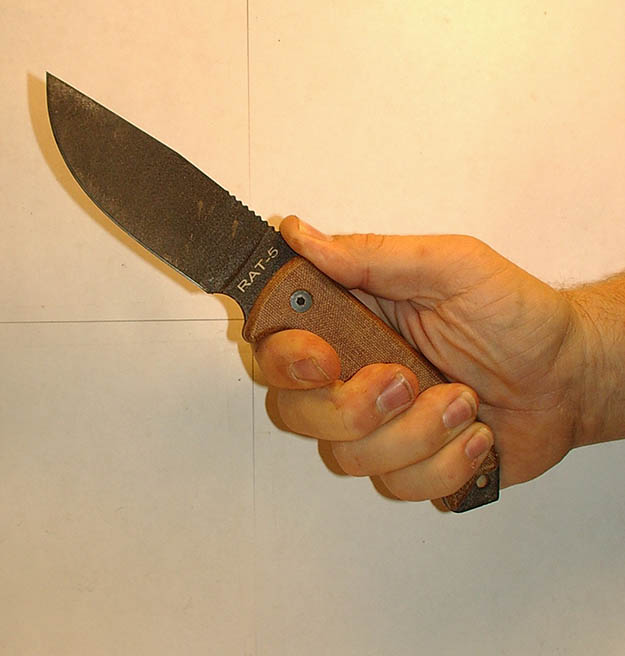
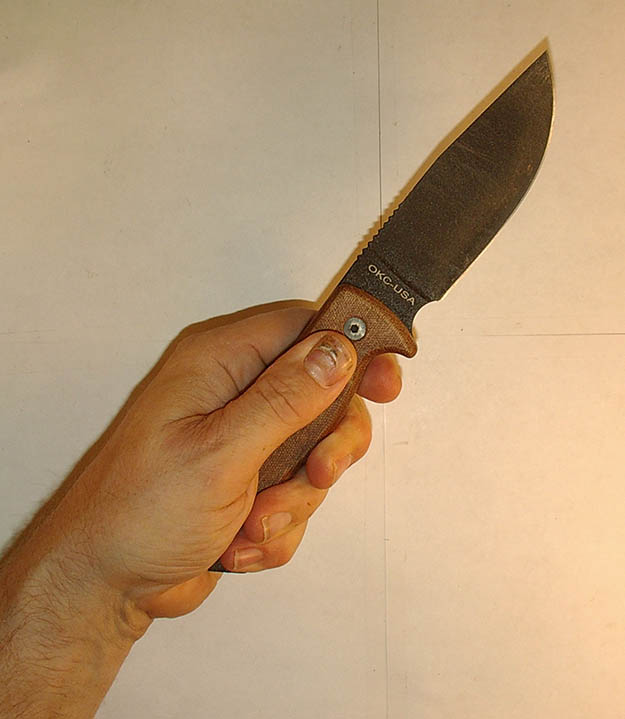
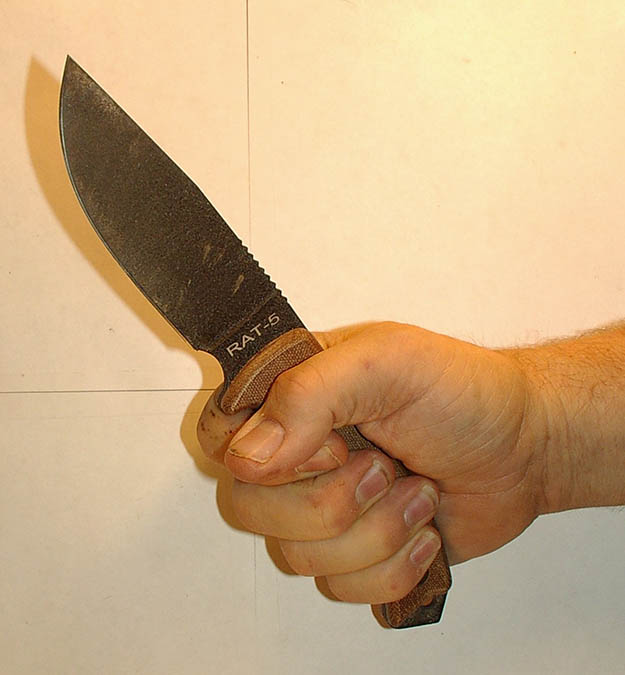
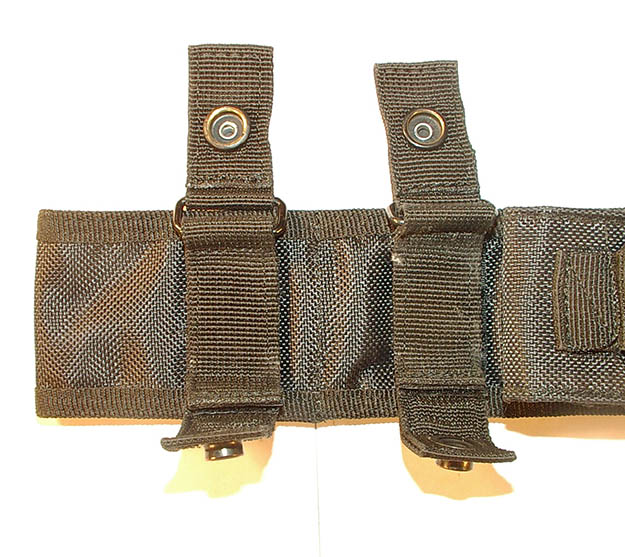
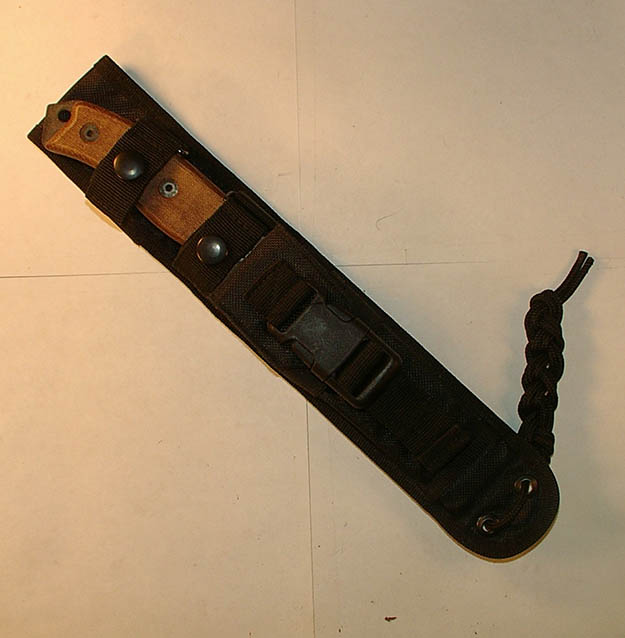
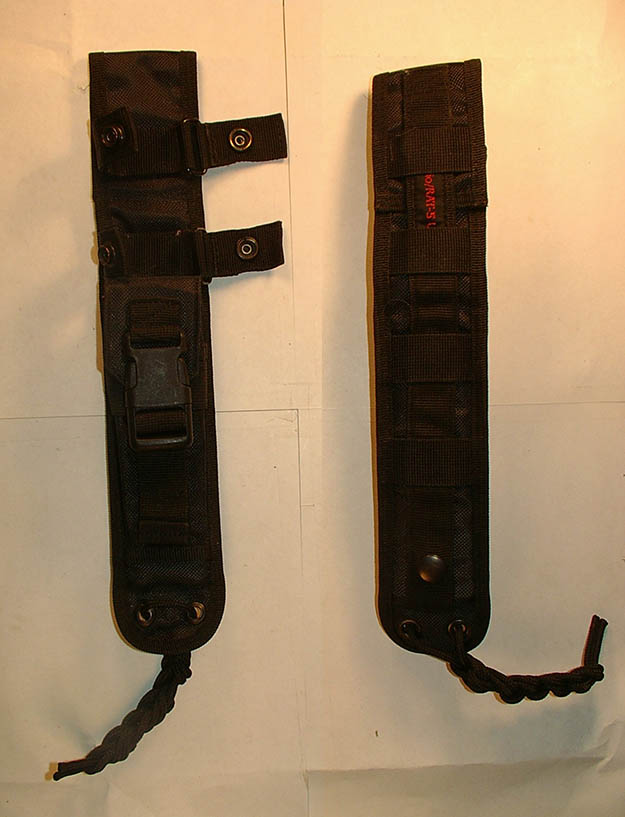
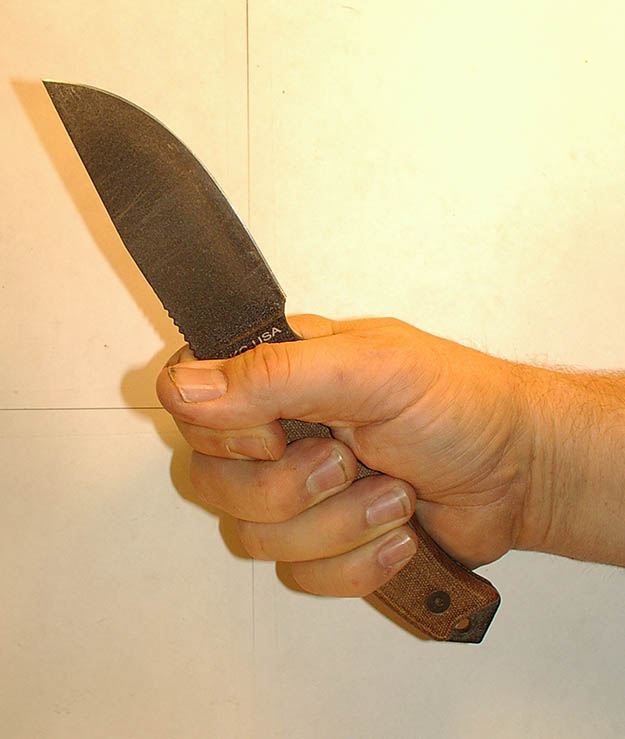
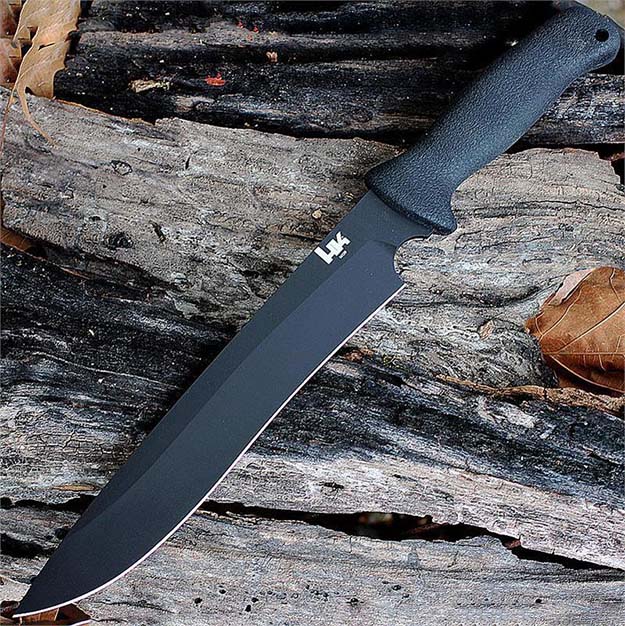
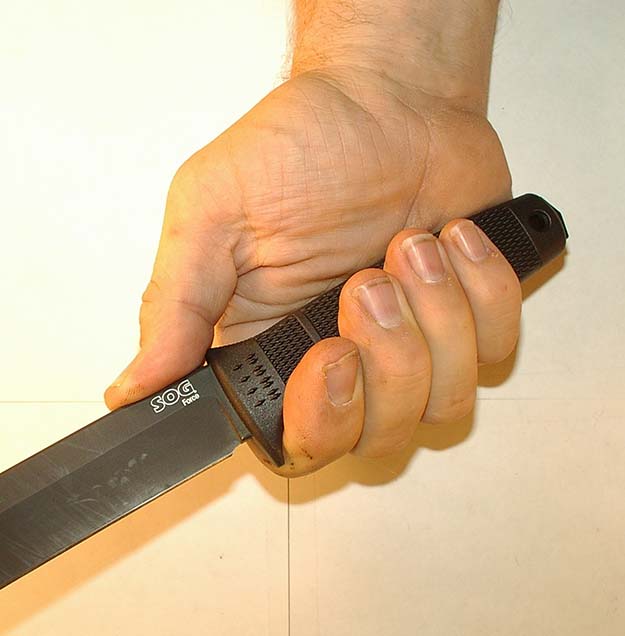
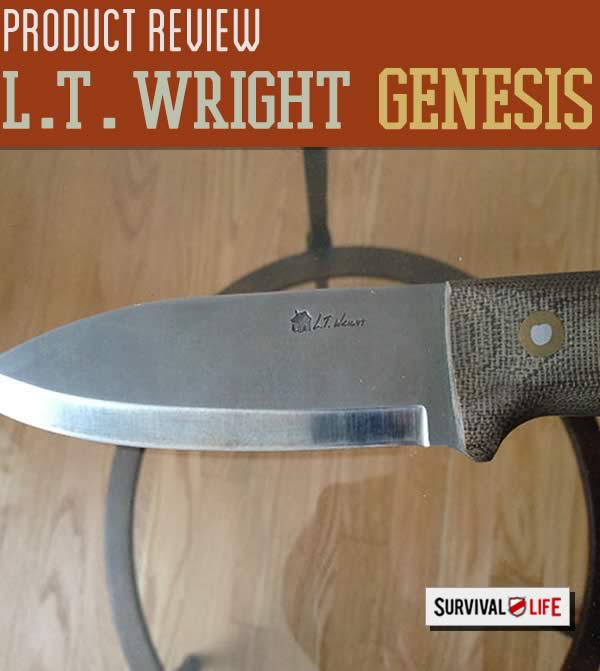
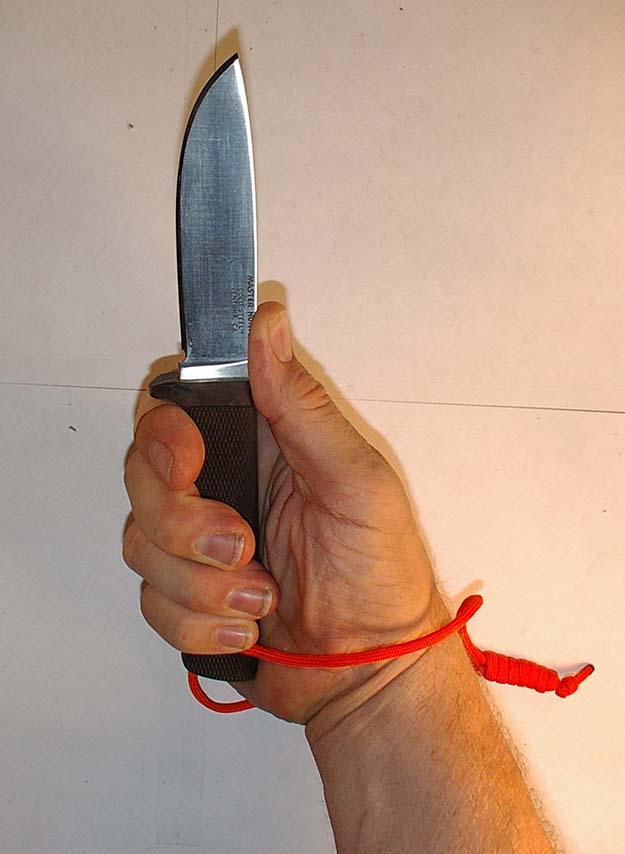
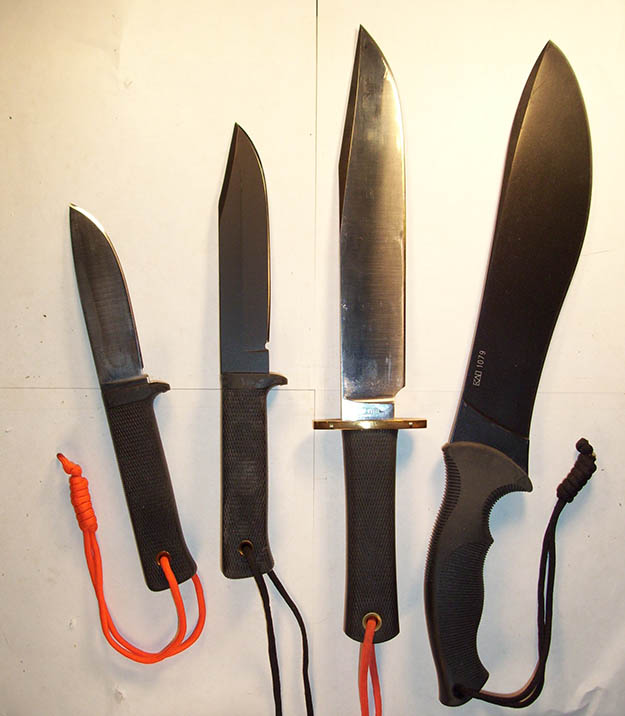
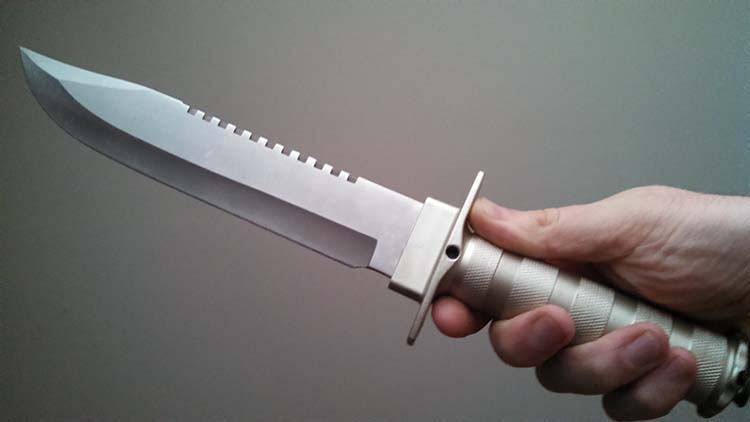

Pingback: 7 Fixed Blade Knives That Will Never Fail You In A Survival Situation | Survival Life
Tracy post
August 7, 2018 at 11:41 AM
I just purchased a rat 7 with the leather sheath and the stitches broke at the belt loop . Not surprising is under the loop there was a sticker that read “ sheath made in China”. I just don’t get why a fine knife company would try to save a few bucks on a crap leather sheath
Pingback: Strong, Sturdy, Dependable: Finding The Best Fixed Blade Knives | Primitive technology
Pingback: Strong, Sturdy, Dependable: Finding The Best Fixed Blade Knives - Survive!
Pingback: Strong, Sturdy, Dependable: Finding The Best Fixed Blade Knives
Pingback: Finding The Best Fixed Blade Knives – templatesite